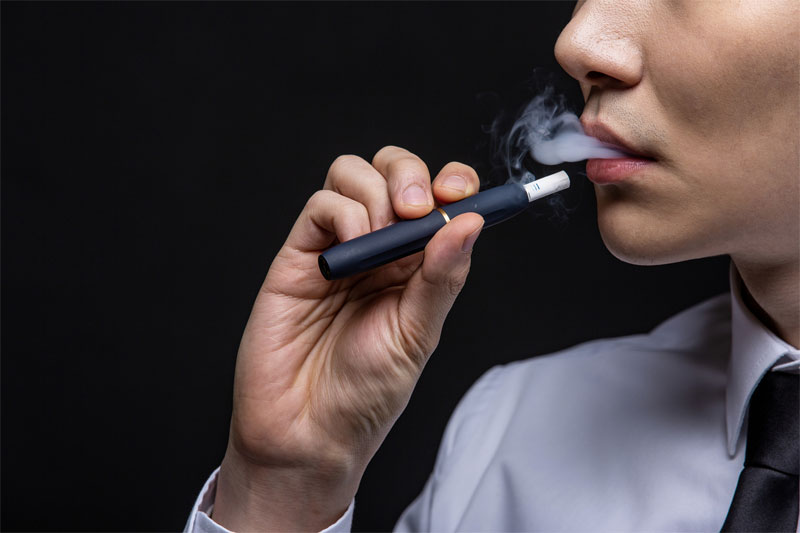
“E-cigarettes have become increasingly popular, yet navigating e-cigarette regulations at airport security checkpoints can be a daunting task. Abstract e-cigarette policies can sometimes leave travelers scratching their heads about what is allowed and what is not. Understanding the guidelines for carrying e-cigarettes through airport security is crucial for a smooth journey. These regulations are primarily in place to ensure the safety of all passengers and the smooth operation of airports.
Understanding Airport Security Regulations for E-Cigarettes
Whenever you’re traveling with an e-cigarette, it’s important to know how e-cigarettes need to be packed. Generally, e-cigarettes are allowed in carry-on bags but banned from checked luggage. Carry your e-cigarettes in your hand luggage to avoid any issues. This rule is largely due to the lithium batteries within these devices, which pose a fire risk if stored in the baggage hold. Security officers are typically trained to handle electronic devices, but notifying them that you are carrying an e-cigarette can make the process smoother.
Laws and Penalties
Each country might have specific rules concerning e-cigarettes and vaping products. For example, in some countries, vaping is heavily regulated or even banned entirely. Researching your destination’s specific rules can prevent serious issues that might arise, such as fines or confiscation. Always ensure your travel destination allows e-cigarettes and understand the penalties if they do not.
Preparing for the Security Check
When preparing for the security check, it’s wise to pack essential e-cigarette components separately. Batteries should be stored in a protective case to prevent contact with other metal items, avoiding any possible shorts. Juice or liquid refills should adhere to the 3-1-1 liquid rule, where they must be under a certain size to be carried in a clear plastic bag. Generally, 100ml bottles are permitted within this context.
Being informed and prepared reduces the likelihood of delays and ensures your experience at the airport is as stress-free as possible.
Potential Inconveniences
 Unfortunately, even with the best preparation, inconveniences may occur. Security personnel may ask for a secondary inspection due to the ambiguous nature of e-cigarette devices and their similarities to other electronic items. Being patient and cooperative will help expedite the process. Also, consider the risk of spilling vape liquids or accidental activation of devices while in transit, potentially creating uncomfortable or dangerous situations.
Unfortunately, even with the best preparation, inconveniences may occur. Security personnel may ask for a secondary inspection due to the ambiguous nature of e-cigarette devices and their similarities to other electronic items. Being patient and cooperative will help expedite the process. Also, consider the risk of spilling vape liquids or accidental activation of devices while in transit, potentially creating uncomfortable or dangerous situations.
- Use protective cases.
- Avoid pre-filled tanks where possible.
- Keep devices off until landing.
What About Connecting Flights?
Be aware that rules may differ based on the airlines and airports you are connecting through. Always check with the airline’s policy regarding onboard e-cigarette usage and transport. Some airports may have designated smoking areas where vaping is allowed, while others may have stricter regulations that also encompass e-cigarette use.
Other Considerations
In case of a layover, the e-cigarette regulations of the intermediary airport still apply. Traveling with international airlines may require confirming whether they follow the destination country or the originating country’s regulations.
FAQs

- Can I use my e-cigarette in the airport?
- Most airports have designated smoking areas where vaping might be allowed, but it is crucial to adhere to airport and airline specific regulations.
- Why can’t I pack my e-cigarette in checked luggage?
- Due to the fire risks posed by lithium-ion batteries in e-cigarettes, they must be carried in carry-on luggage.
- Are there restrictions on the amount of e-liquid I can carry?
- Yes, security regulations typically restrict the amount you can carry to containers of 100ml or less, all stored in a single quart-sized, clear plastic bag.

It’s always wise to carefully check any evolving rules or restrictions prior to traveling to ensure your e-cigarette journey remains hassle-free. “